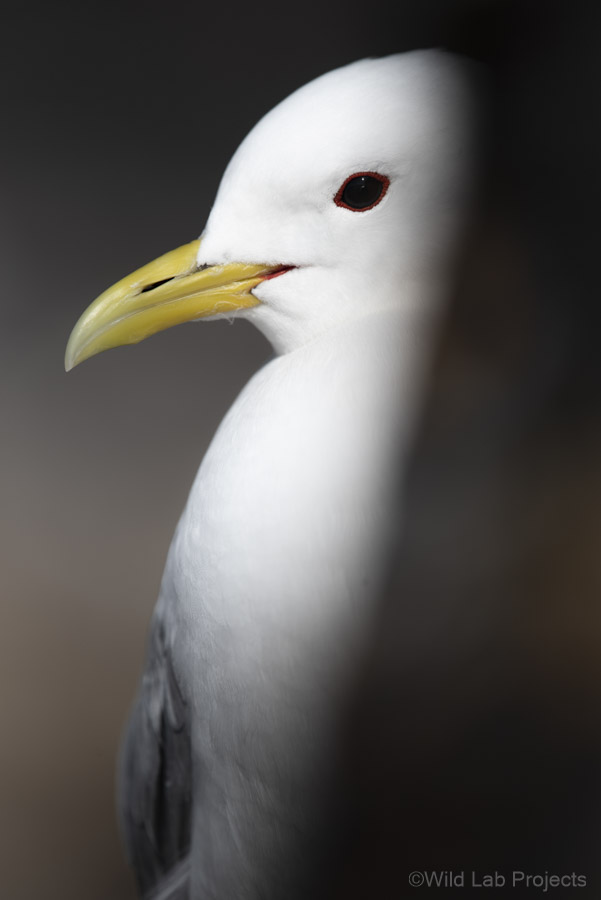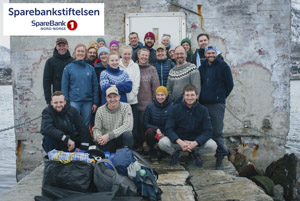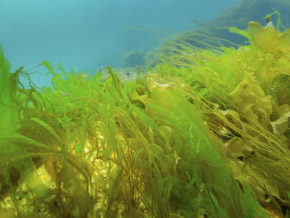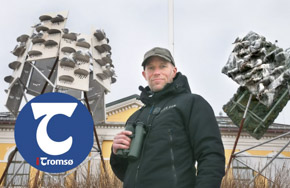April 2, 2024
Our first survey of the season shows that over half of last year’s nests are now inaccessible to kittiwakes.
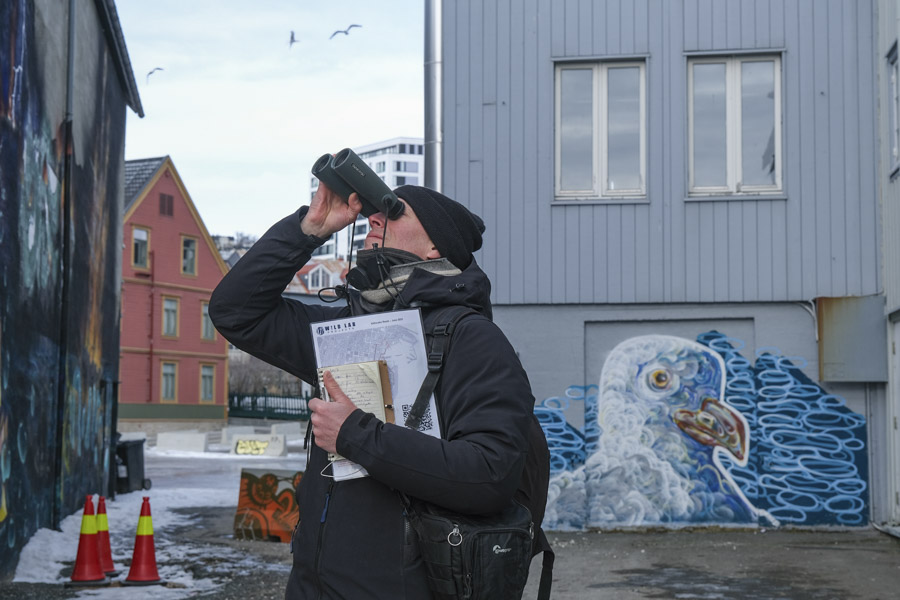
The black-legged kittiwake is in danger of extinction in Norway: on the mainland, 80% of the kittiwakes have disappeared since the 1990s and the trend continues unabated.
A combination of several human factors (climate-related changes in food access and weather conditions, fisheries, increased predation) probably contributes to this demographic collapse.
In the wild, kittiwakes breed on cliffs by the ocean, in dense colonies. They find safety in numbers. However, when colony sizes get smaller, kittiwakes become even more susceptible to predation. They can abandon their cliffs and find shelter in cities. For a kittiwake, a cliff, a facade or a steep roof are pretty much the same thing.
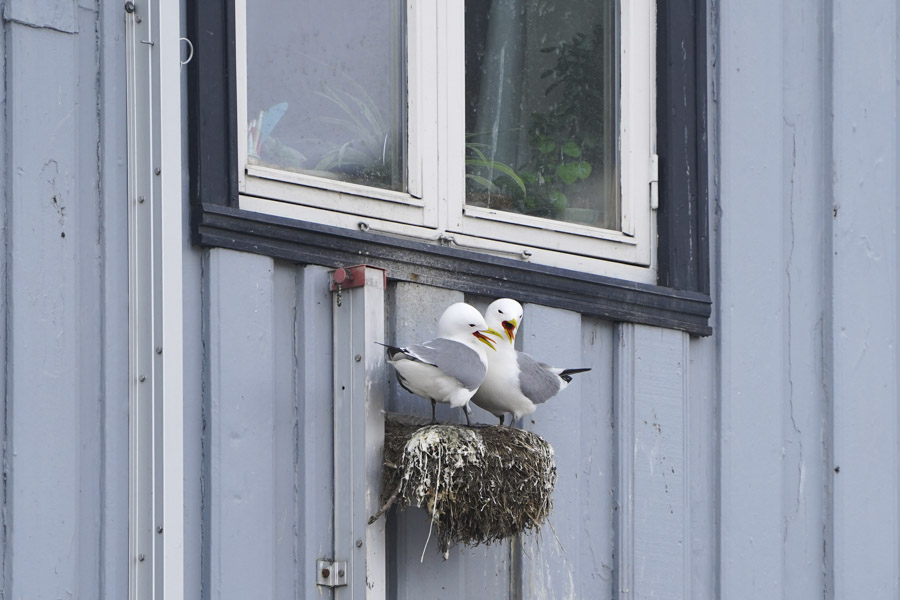
From spikes to slanted boards
In Tromsø, the first kittiwake nest was recorded in 2015, and since then, kittiwakes have regularly made it to the local newspapers’ headlines, and usually not to be praised. Not everyone in the city welcomes kittiwakes, nor is everyone moved by forecasts predicting a bleak future for the species.
Generally speaking, humans find it hard to cohabit with nature, especially in urban settings. Admittedly, kittiwakes are vocal creatures, and their droppings leave marks on buildings. As a results, most building owners want them off their property, whatever it takes.
Until last year, anti-bird spikes were a common deterrent in the city center. These spikes badly injured the birds in addition to being relatively ineffective. Last year, our citizen scientists showed that a quarter of all the nests found on buildings in the city center were built on some type of deterrents. But this has changed this year. Most spikes have been replaced by slanted boards.
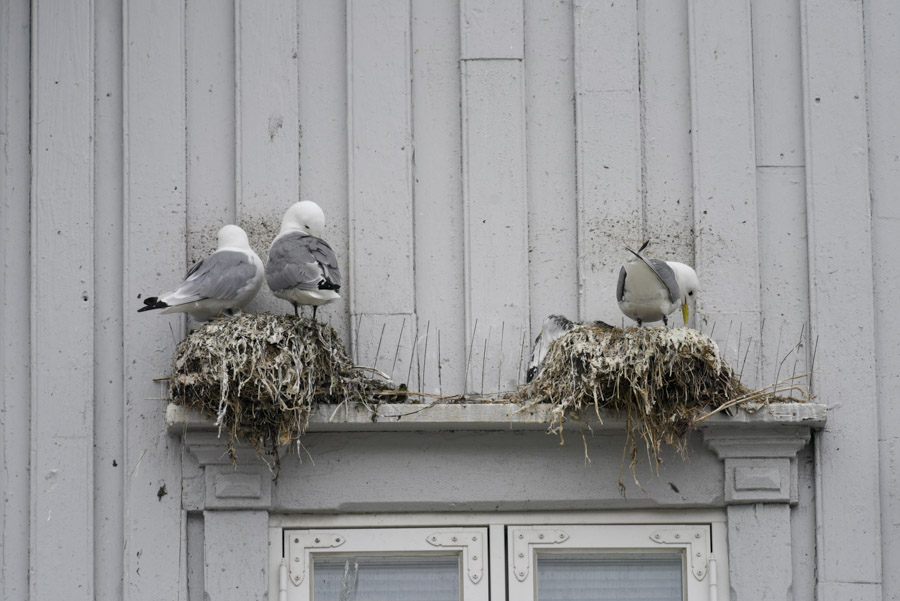
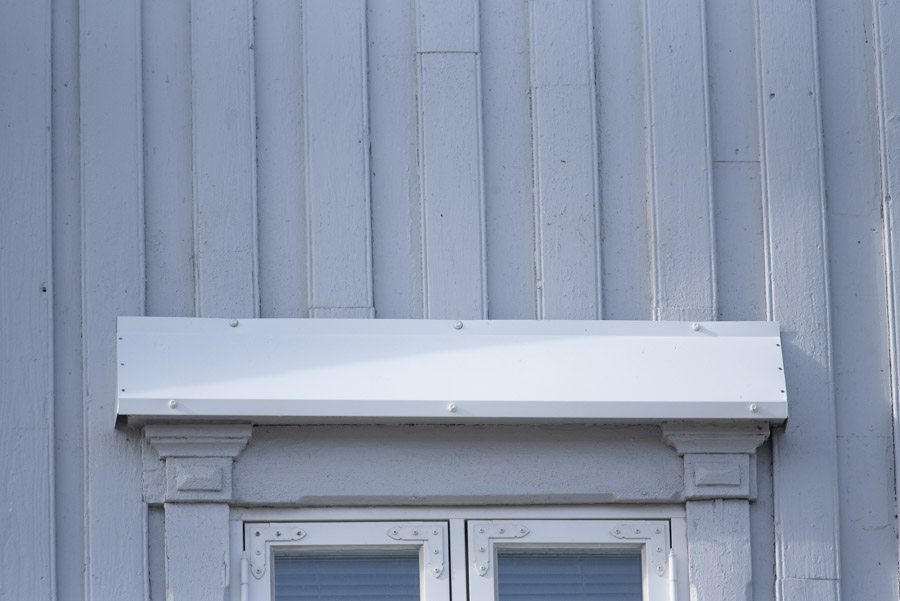
56% of last year’s nests destroyed in Tromsø city center
Out of the 321 nests we mapped last year in the city center, 181 were destroyed or made inaccessible to kittiwakes during the winter. That is 56% of the population we were monitoring last year.
These kittiwakes will eventually try to build a nest somewhere else, although there no garantee that all will find a spot. Kittiwakes might scatter to other buildings that were not used before, hereby spreading potential conflicts.
Despite all the efforts to get rid of kittiwakes, their population in Tromsø tripled between 2020 and 2023. This trend may give residents of Tromsø the impression that the kittiwake population is doing well, whereas the reality is that it is still declining dramatically across Norway. Tromsø is simply attracting more of these climate refugees.
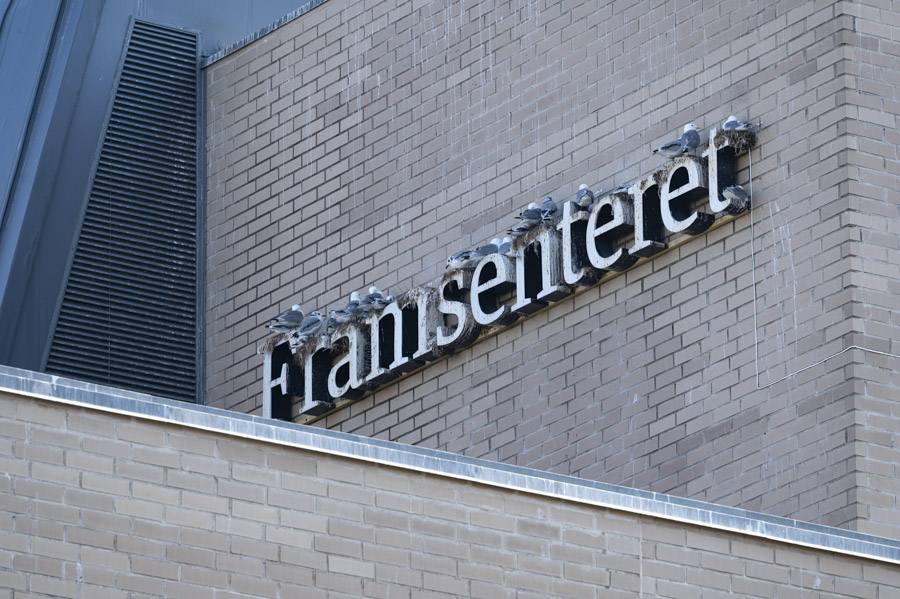
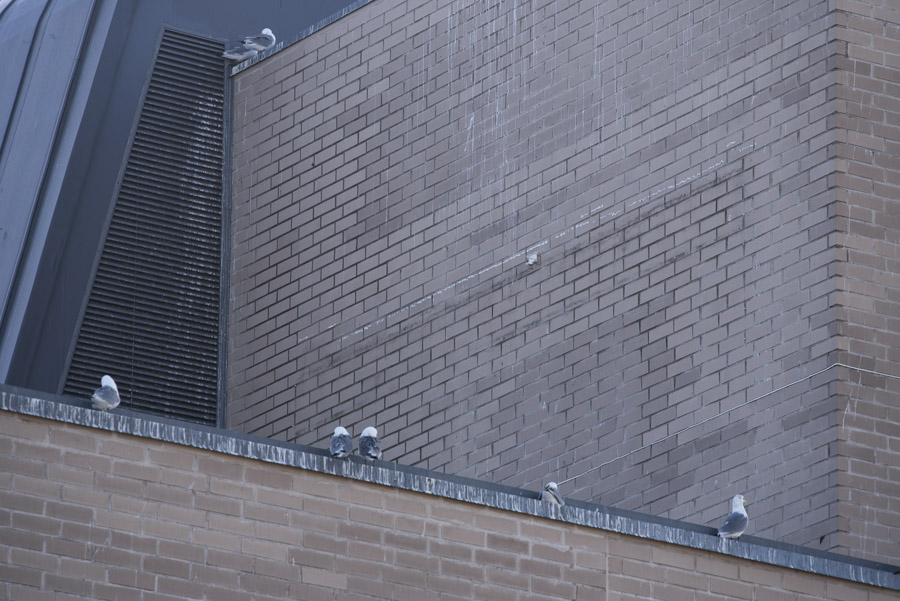
A (relatively) protected species
The black-legged kittiwake is a protected species. It is illegal to destroy their nests during the breeding season, but it is allowed to do so in winter when they are away.
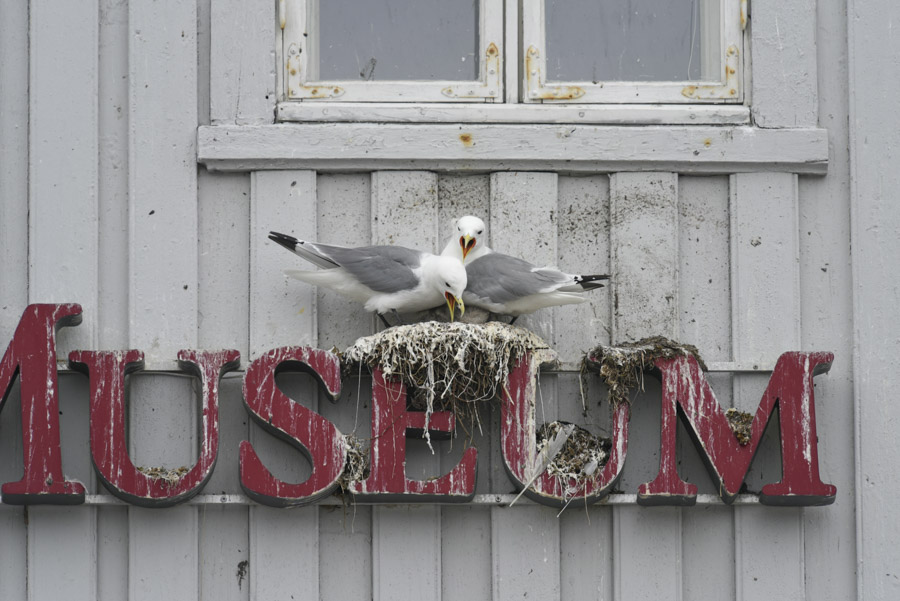
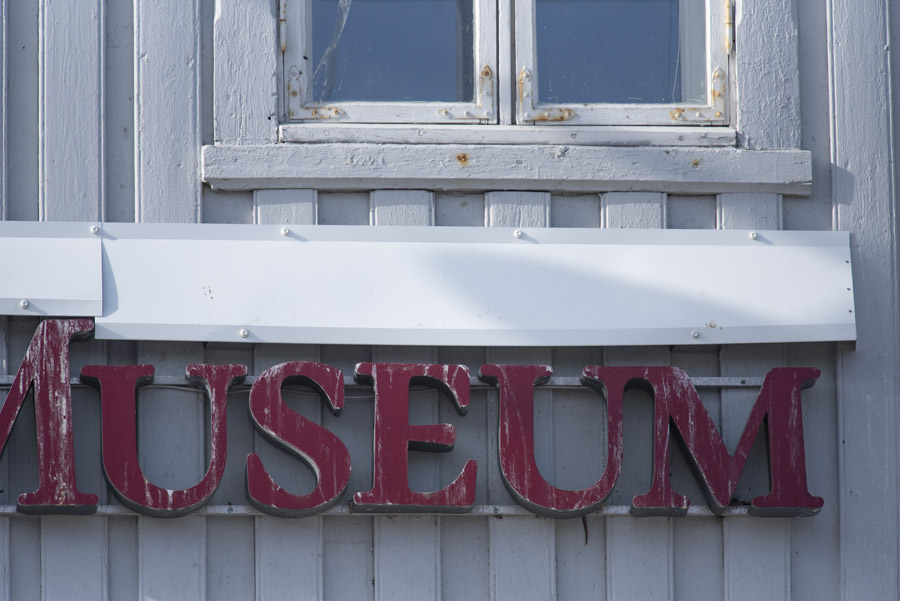
Reducing the nuisance
Coexisting with kittiwakes presents some challenges near shops, businesses and homes. Poop is understandably considered a nuisance, whether it accumulates on the sidewalk or falls onto one’s head. However, when every case is dealt with individually, it often moves the problem to neighboring buildings, creating new zones of conflicts, which gradually contributes to spreading feelings of hostility against kittiwakes.
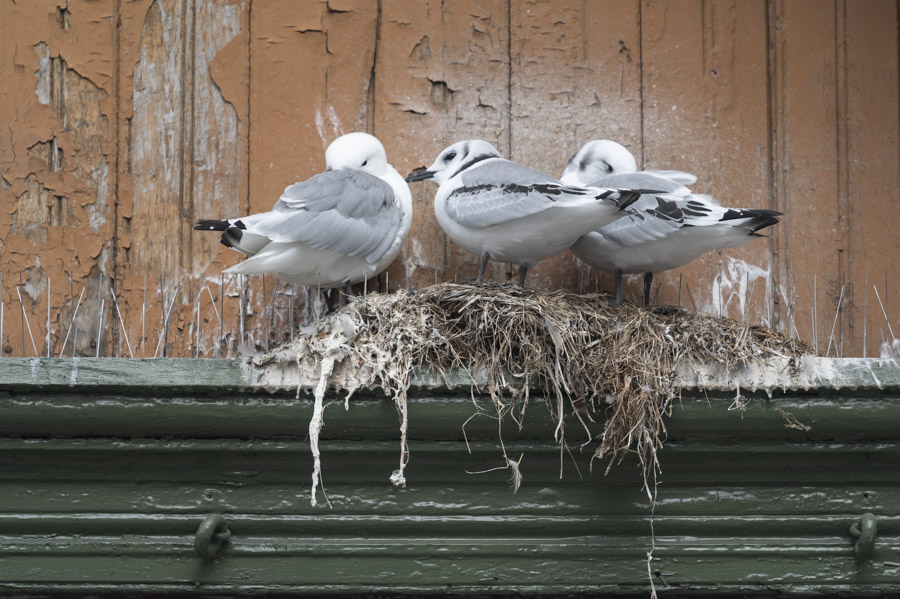
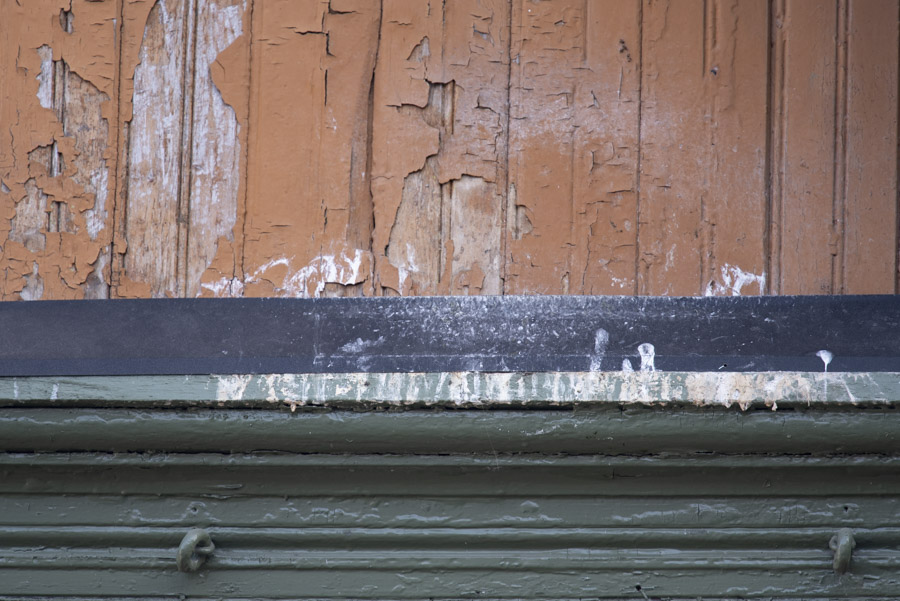
Three new kittiwake hotels
To compensate for the destruction of the nests in the city center, and to promote coexistence, collaborative efforts are underway to provide alternative breeding sites for the kittiwakes. Recently, three new kittiwake hotels were erected near buildings where nests were destroyed. These three units supplement the five existing kittiwake hotels, which have proven successful so far. The kittiwakes have readily adopted these structures that also attract numerous visitors intrigued by their presence.
The kittiwake hotels are located away from shops and homes, on grass that absorbs the nitrogen-rich guano falling from the sky.
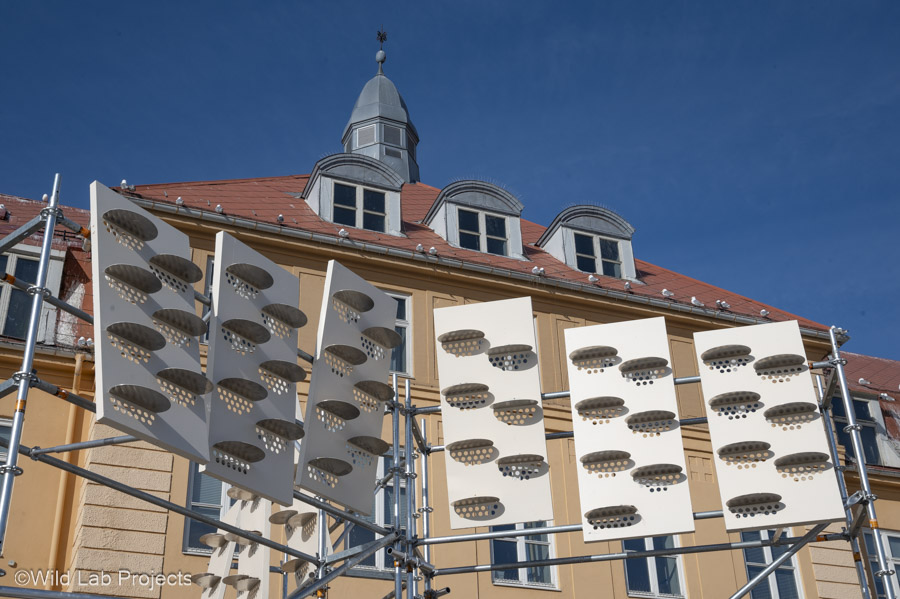
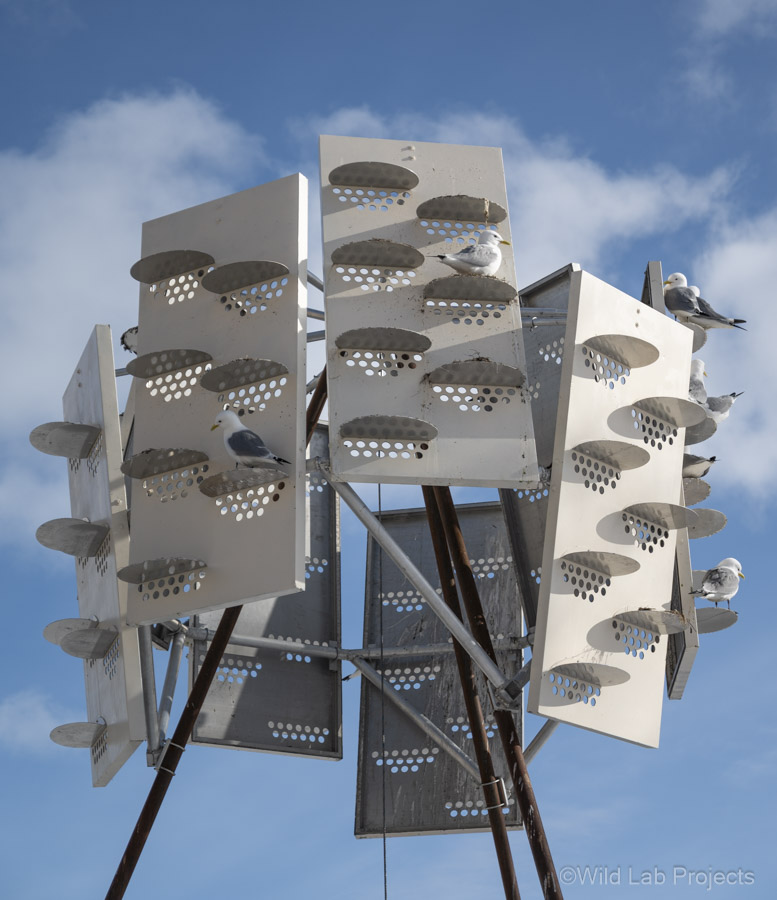
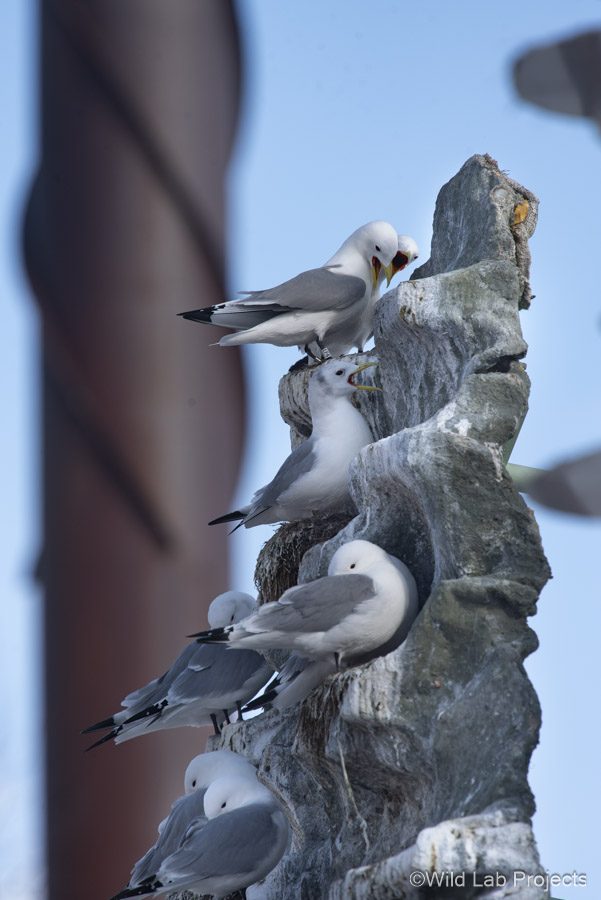
What’s next for the kittiwakes in Tromsø?
Alternative breeding sites are badly needed in strategic locations. This is even more urgent now that the city center is becoming kittiwake-proof.
Attracting all the pairs to the kittiwake hotels is a challenging task since kittiwakes are very much attached to their nest. Still, these initiatives are showing the way forward.
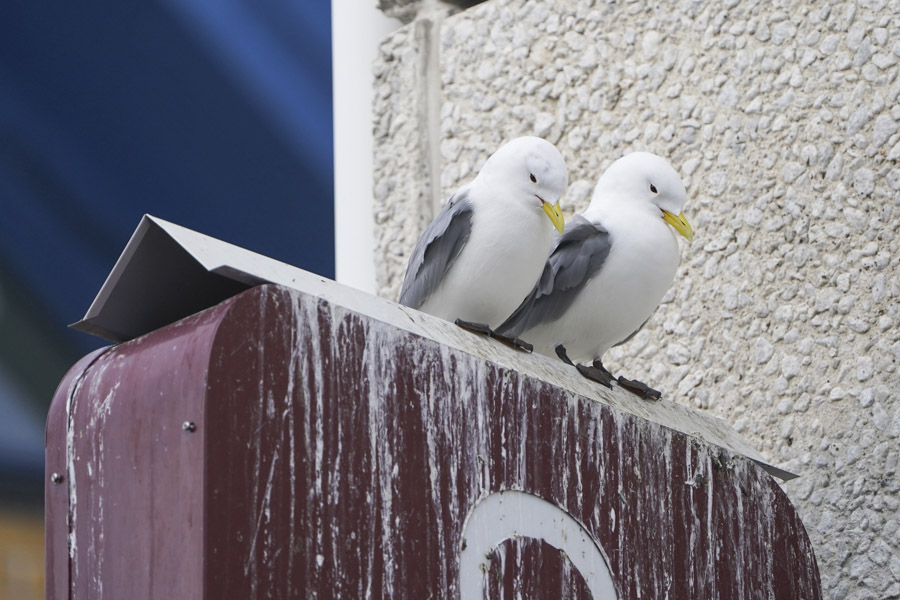
Raising awareness and growing empathy for the kittiwakes is also a top priority. In collaboration with the Norwegian institute for nature research (NINA), Wild Lab Projects will continue to operate a citizen science program, involving the public in monitoring kittiwakes in Tromsø. This initiative not only generates knowledge but also aims to promote coexistence.
Kittiwakes are also bringing people together: Tromsø municipality, AT Arkitektur, artists Lawrence Malstaf and Kåre Grundvåg, the Center for Contemporary Arts, researchers from NINA and Tromsø University, and residents who believe that coexisting is possible and try to find solutions.
Let’s not forget that Tromsø is an island surrounded by the sea. Refusing coexistence with kittiwakes symbolizes our lost connection with nature. Seabirds have every right to call this place home, just as much as we do.
